Meet Our Team

Aditya Pal
PI and Team Lead

Tika Regmi
Researcher

Shruti Shakya
Researcher

Ganesh Sah
Citizen Scientist
Our Work
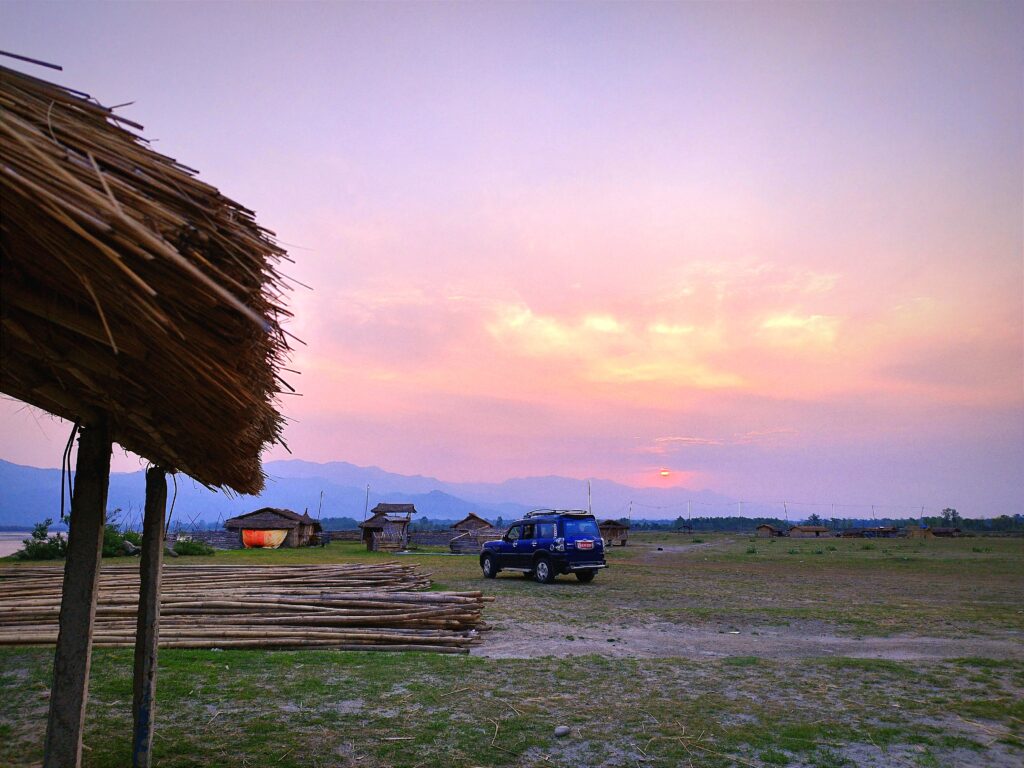
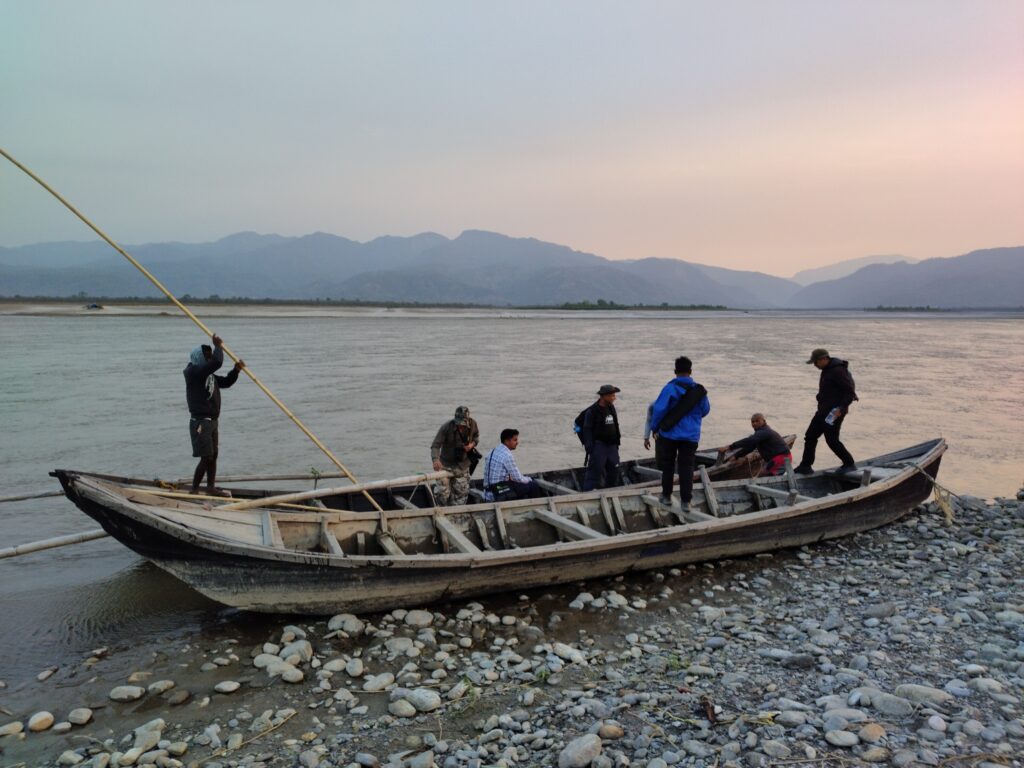
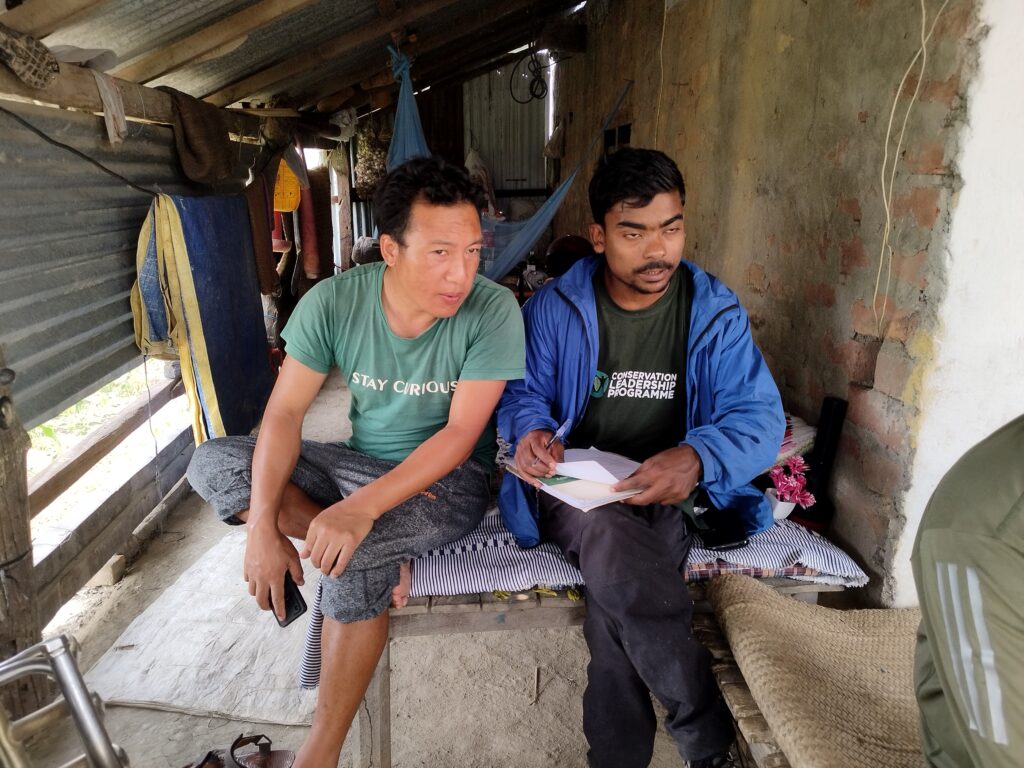
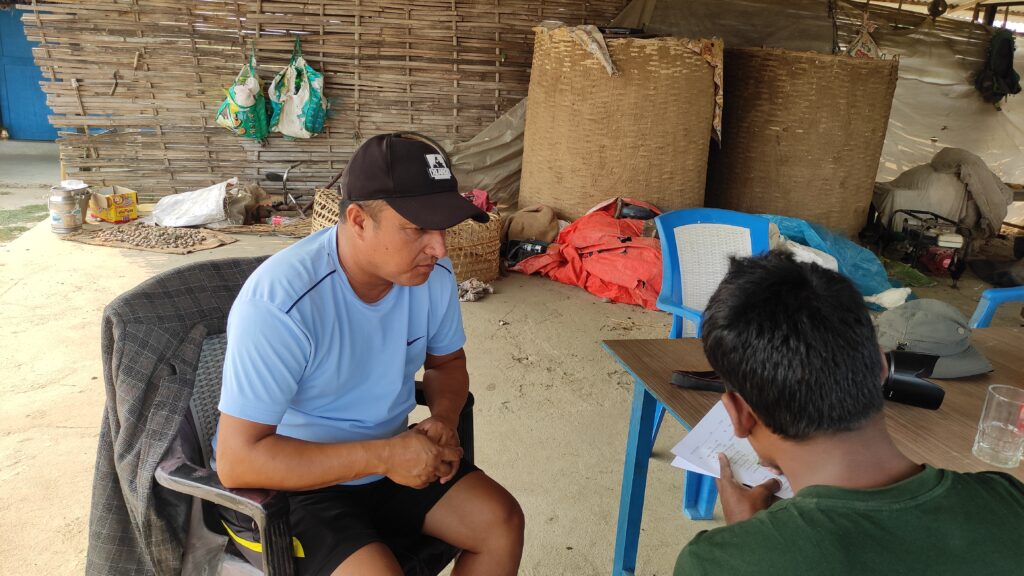
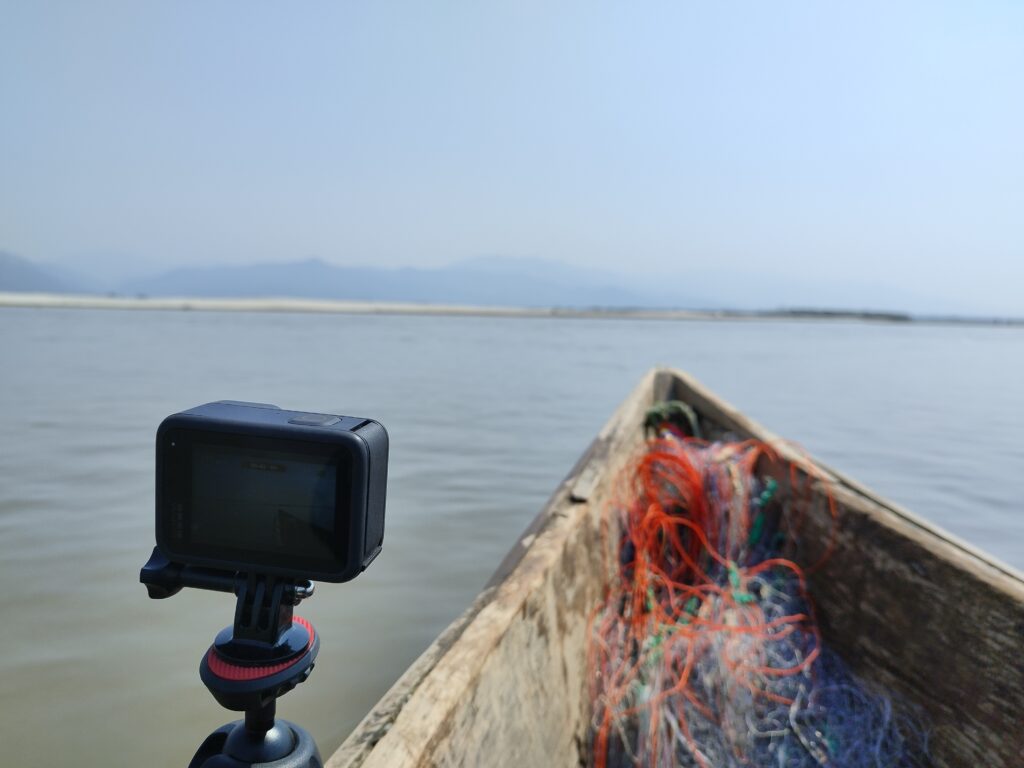
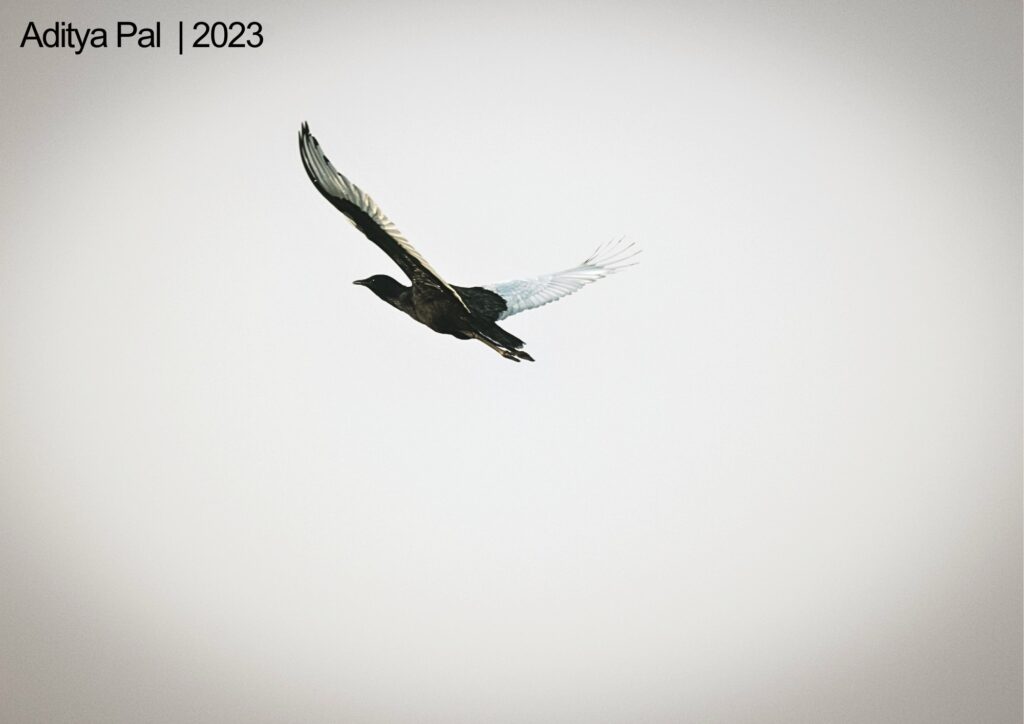
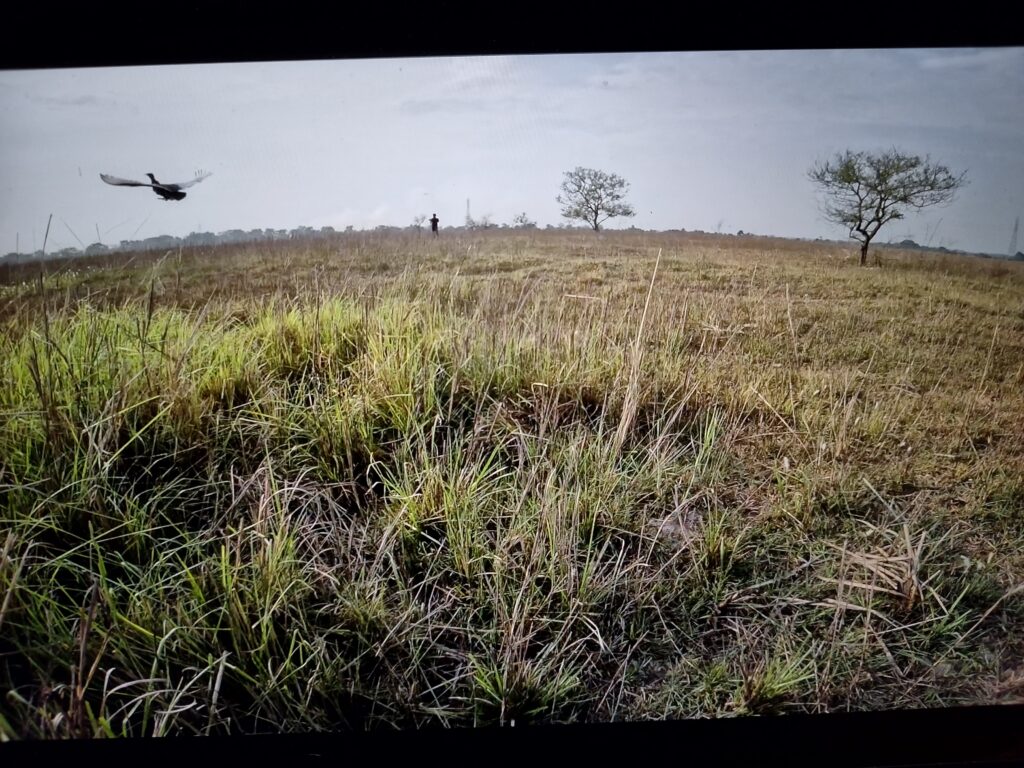
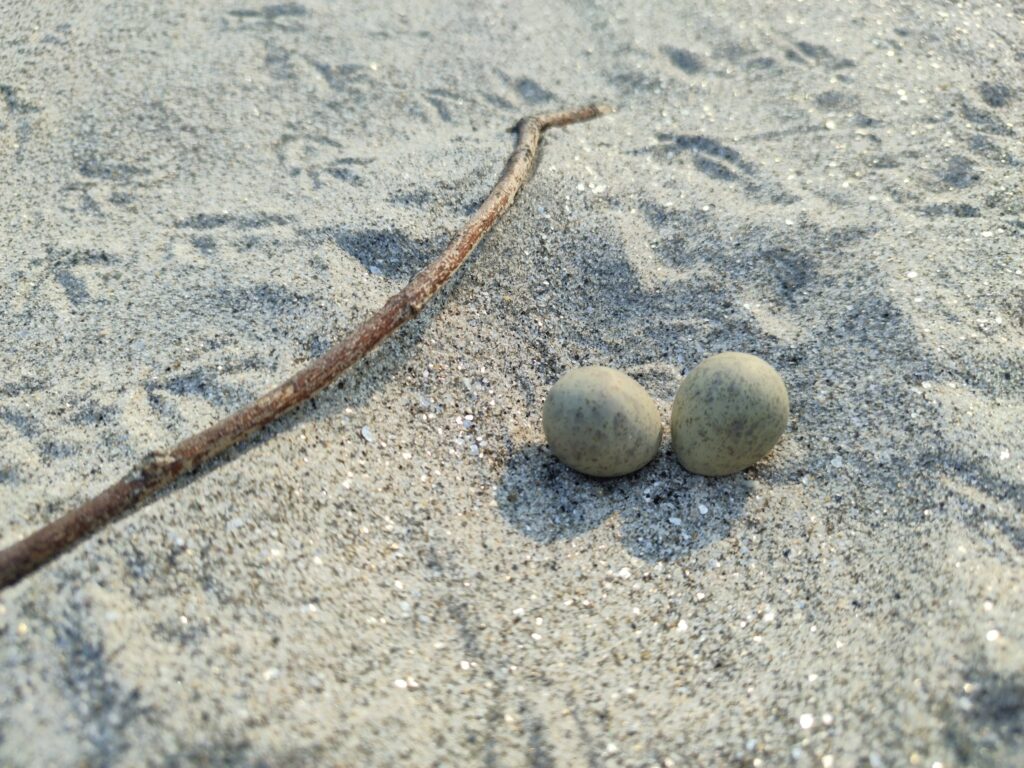
Frequently Asked Questions
What is the current population status of the Bengal florican?
The Bengal florican is listed as “Critically endangered” on the International Union for Conservation of Nature (IUCN) Red List of Threatened Species. Its population has been declining, and it is facing a high risk of extinction.
Why is the Bengal florican important for conservation?
The Bengal florican is important for conservation because it is a flagship species for grassland ecosystems. By conserving its habitat, we can protect other species that rely on the same grassland habitats for survival.
Are there any ongoing conservation programs for the Bengal florican?
Yes, there are ongoing conservation programs for the Bengal florican. These programs focus on habitat protection, community engagement, research, and awareness campaigns. They aim to address the key threats and promote the long-term survival of the species.
Where can the Bengal florican be found?
The Bengal florican is primarily found in South Asia, particularly in countries such as India, Nepal, and Bangladesh. It inhabits grasslands and marshes in these regions.
What are the key threats to the Bengal florican?
The Bengal florican faces several threats, including habitat loss and degradation due to agricultural expansion and urbanization. The illegal wildlife trade, specifically for its striking plumage, is another significant threat to the species.
How can individuals contribute to the conservation of the Bengal florican?
Individuals can contribute to the conservation of the Bengal florican in several ways. Supporting conservation organizations working on Bengal florican conservation, spreading awareness about the species and its conservation needs, practicing responsible tourism, and advocating for stronger protection measures are some effective ways to make a positive impact.